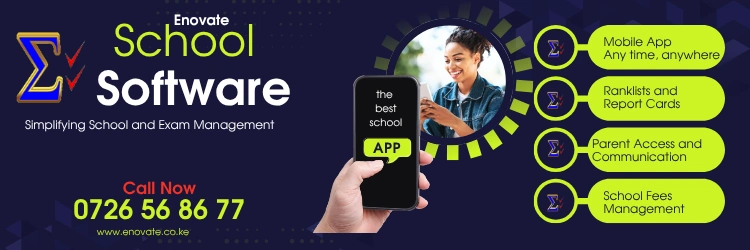ASSESSMENT FEEDBACK
What is Assessment Feedback?
Feedback is the helpful information or criticism given about a learner’s performance in relation to learning goals, outcomes or tasks. The information is used to adjust and improve the current and future actions. Feedback is effective when it aims at improving in learning.Approaches of feedback
(a) Informal Feedback
Informal feedback is unstructured and can occur at any time as it is something that emerges spontaneously in the moment or during action. Therefore, informal feedback requires the teacher to build rapport with learners to effectively encourage, coach or guide them in daily activities for learning. This might occur in the classroom, over the phone, in an online forum or virtual classroom.
(b) Formal Feedback
Formal feedback is planned and systematically scheduled within the assessment process. Usually, it is associated with assessment tasks. Formal feedback includes school year reports and assessment sheets, which should inform stakeholders on learner’s competencies, performance levels, acquisition of values, pertinent and contemporary issues.
Qualities of Good Feedback
1. SMART
(Specific, Measurable, Attainable/Achievable, Realistic, Timely)
2. Constructive
i.e. positive, optimistic, genuine and appreciative
3. Meaningful
i.e. linked to a specific observable outcome
Effective Feedback should be:
Highlights strengths of the learner
Written in simple and clear language
Guide learners to focus on the expectations of the task
Highlight areas requiring improvement
Be individualized
Communicate the desired performance
Be kind and encouraging
Be prompt
Things to Avoid while giving feedback
- Bias and stereotypes
- Criticism and fault-finding
- Ambiguity
- Comparisons and ranking
- Use of discouraging comments
Benefits of feedback
- Guides learners to adapt and adjust their learning strategies
- Guides teachers to adapt and adjust learning strategies to accommodate students’ learning needs;
- Guides learners to become independent and self-reflective learners, and better critics of their own work;
- Stimulates reflection, interaction and dialogue about learning improvement
- Makes learners feel encouraged and motivated to improve
- Engages learners by requiring them to attend to the report as part of the assessment.
Tools for Reporting Feedback on Classroom Assessment
- Tools for reporting feedback on classroom assessment include:
- School Readiness Report
- School Year Report
- Assessment sheet
Tools for Reporting Learner’s Performance
- Kenya School Readiness Assessment Tool
- Classroom assessment tools that have been administered and scored
- Assessment Sheet
- School Year Report
Tools for Reporting Feedback in CBA
- School Readiness Report
- This is a report to be issued by the school at the end of pre-primary education for informing learners and other stakeholders on learning achievement and areas requiring improvement. The report can also be used to initiate dialogue on teacher training needs at the lower levels. It is;
- Issued by the pre-primary school at the end of pre-primary education
- Informs learners and other stakeholders on learning achievements and areas for improvement
- Can also be used to initiate dialogue on teacher training needs at the lower levels.
- School Year Report
This is a report to be issued by the school to every learner in each grade for informing the learner and parents/guardians on the child’s learning progress as well as areas requiring improvement. The report should contain both qualitative and quantitative grades for each learning area undertaken by the learner.
This is an annual report giving an account of learners:
- 1. Progress in achievement of core competencies and core values
- 2. Participation in community service learning
- 3. Awareness of Pertinent and Contemporary Issues (PCIs).
Components of a School Year Report
General information which includes; year, learner’s name, date of birth, gender, grade and NEMIS number
Attendance
Learner’s performance level in the various learning areas.
Learner’s conduct and behaviour
Achievement of core competencies and acquisition of core values
Evidence of learner’s participation in community service learning program(s).
Validation by the school.
- Assessment Sheet
Assessment sheet is a tool used to record the learner’s performance on each task/criteria using the four performance levels:
- Below Expectation (Level 1).
- Approaching Expectation (Level 2);
- Meeting Expectation (Level 3)
- Exceeding expectation (Level 4);
Assessment Sheet
- This is developed by KNEC and uploaded in the KNEC CBA portal.
- Schools download the sheet alongside other assessment tools.
- It is used to summarize the performance of learners in various learning areas.
- After administration and filling in the sheet, schools will immediately upload the content of the assessment sheet in the KNEC CBA portal
Components of Assessment Sheet
- Task being assessed
- Learners’ name
- Learner’s performance level on each task
- Teacher’s comments on each learner’s performance

